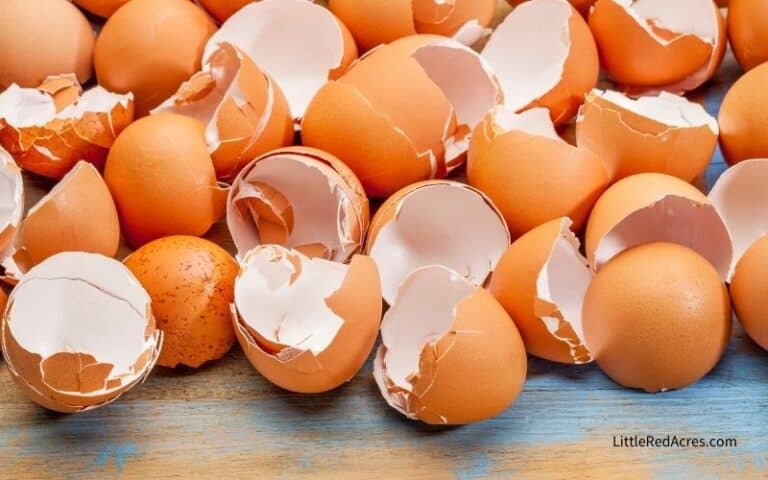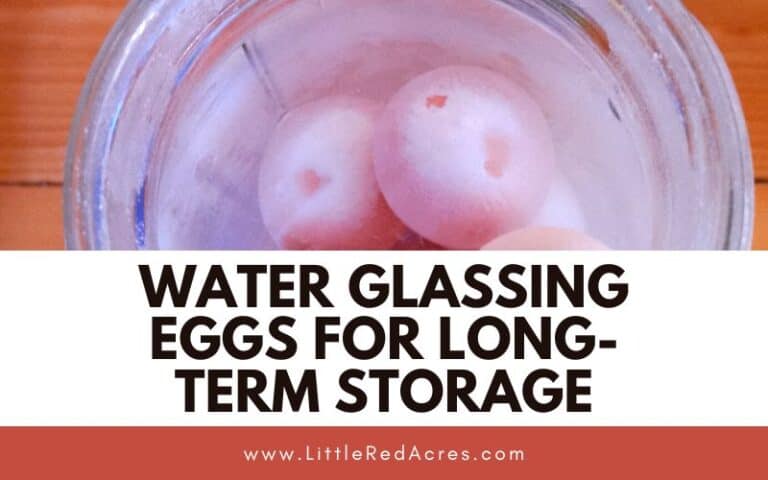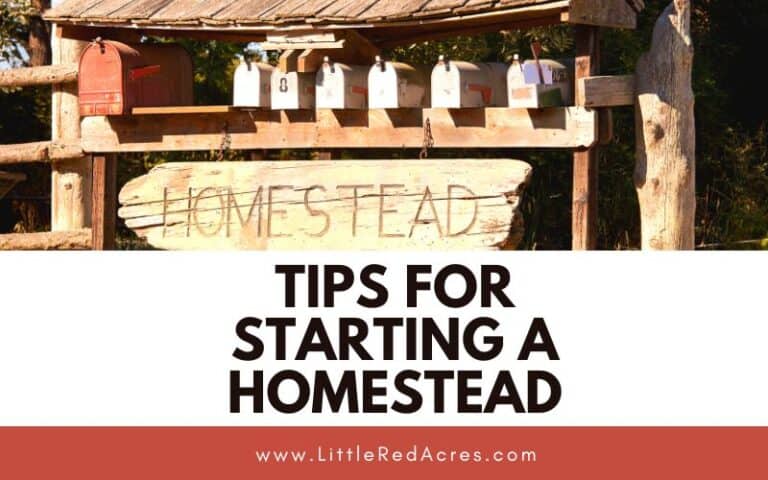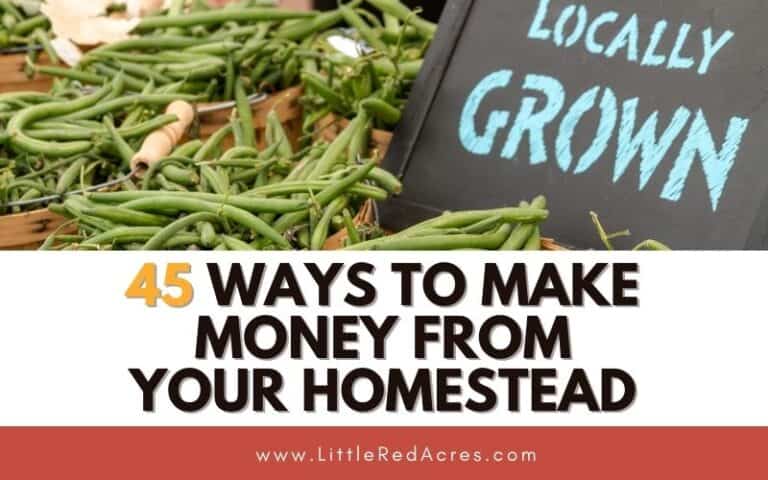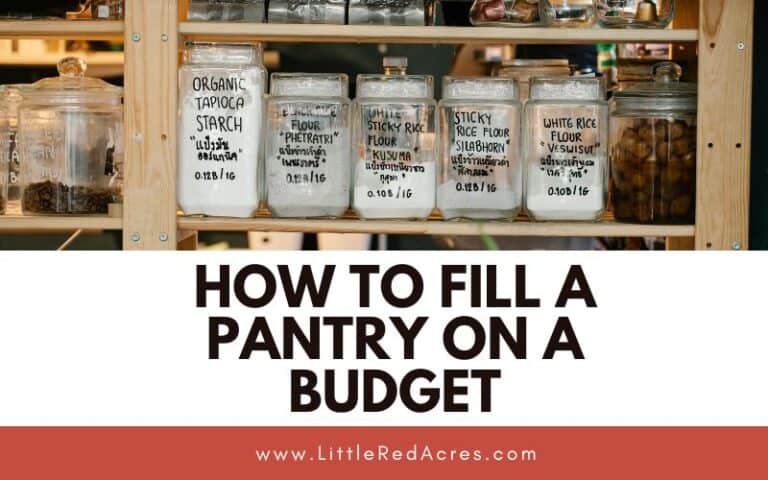How to Start A Homestead Without Feeling Overwhelmed
Inside: Discover how to start a homestead and live sustainably with our comprehensive guide. Gain self-sufficiency through practical tips.
Are you thinking about how to start to homestead? It can be overwhelming to think about, especially if you don't have a lot of land of your own. The idea of starting a homestead can definitely feel overwhelming. There is so much to consider, so many things to do!
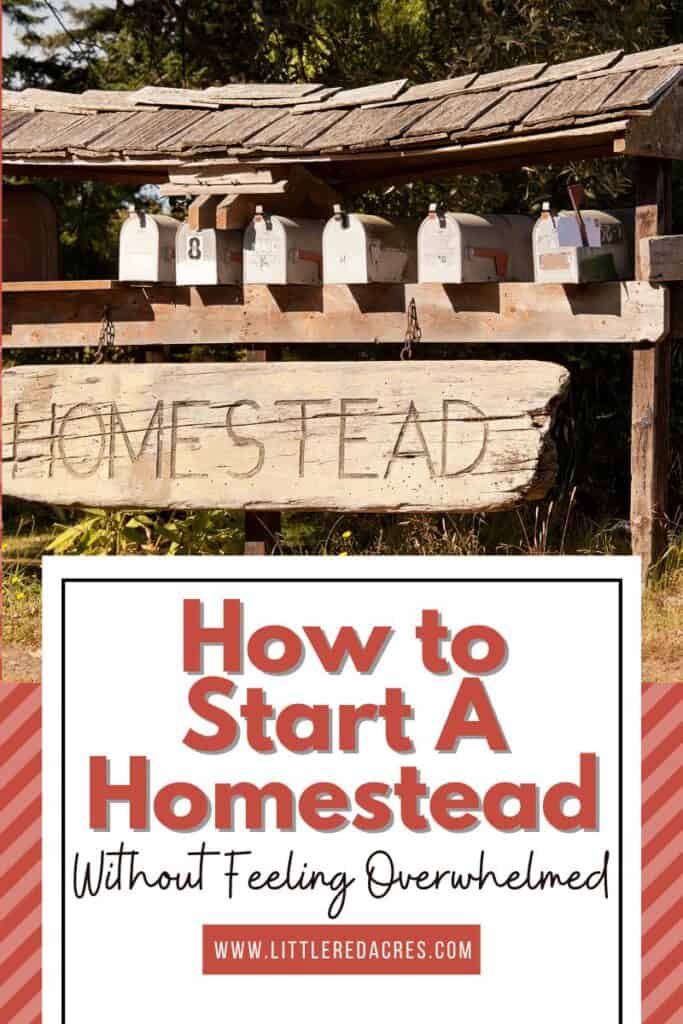
How to Start A Homestead
This post may contain affiliate links, see my disclosure policy for more information.
What steps do I take? What should I do first? Let me try to answer that complex question as best I can. But first I want to know…
Why do you want to homestead? Understand your motivations for homesteading.
Get updates & freebies delivered to your inbox!
Homesteading activities typically include growing and preserving food crops, cooking meals from scratch, raising animals, making homemade medicines, personal care products, perhaps even clothing, and an overall goal to live more self-sufficiently.
Choose the Right Location
Finding the perfect spot for your homestead is paramount. Consider the climate of the region and how it aligns with your desired crops and livestock.
I don't recommend buying a property sight unseen. I have seen too many people end up with properties that don't actually fit their wants, or in areas that aren't friendly to the homesteading lifestyle.
Assess the soil quality, as it will significantly impact your gardening success. Our soil is extremely rocky (Nova Scotia ground) which means that root vegetables do better in raised beds.
Access to a reliable water source. Whether this is a stream on the property or a well. We have a dug well, that, if we have a good summer is fine, but a dry summer means we have to bring water in.
Research local zoning laws and regulations to avoid potential roadblocks in your homesteading journey.
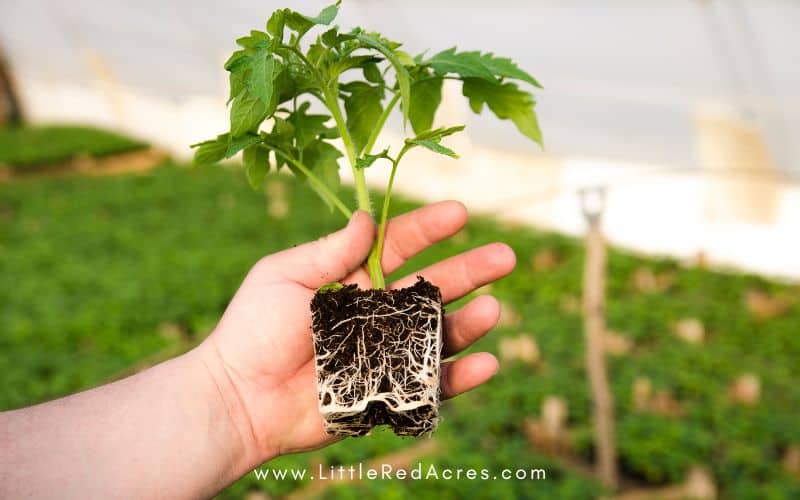
Land Size for Homesteading
You don't need to have 20 or more acres of land to homestead. You need to sit down and think about what you want, and what's important, and then look at the amount of land you do have and what you can do with it.
The size of the garden you want, the animals you want, think about your long-term goals for your homestead, to determine how much land you need.
We have less than an acre with a large garden, greenhouse, and four chicken coops. We are also planning on goats in the next year. You can find us on Instagram to see just what we have on our small homestead.
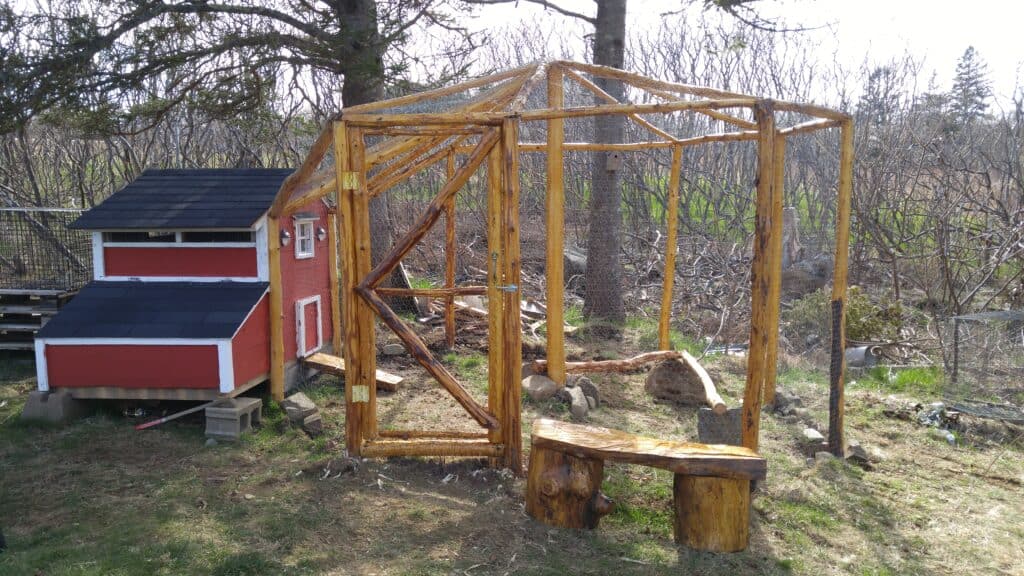
Designing Your Homestead Layout
Now that you have a location, it's time to envision the layout of your homestead. Take into account the natural flow of the land, and aim for a design that works with the surrounding environment.
Embrace permaculture principles to create a self-sustaining ecosystem, where each element supports and enhances the others.
Plan for designated garden areas and livestock spaces. Allow room for future expansion and improvements as your homestead evolves. No matter how much you think you know exactly what you are going to get, plans change, especially once you are in the lifestyle. I did not plan on four chicken coops.
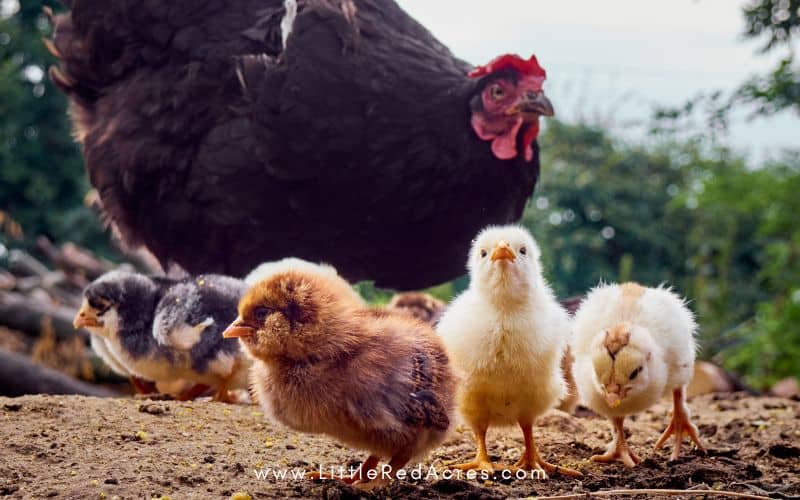
Establishing Your Homestead Infrastructure
Prioritize projects based on their importance and immediate impact on your self-sufficiency.
Fencing will protect your crops and livestock from potential threats, while a reliable water system ensures adequate hydration for all living beings on your homestead. Explore cost-effective and eco-friendly solutions to stay true to your sustainable principles.
Remember, homesteads do not need to be Pinterest perfect, done is better than perfect, especially when you have animals that need shelter.

Building Your Garden and Growing Food
Your garden will be the heart of your homestead, providing fresh, produce for your table.
Research and select crops that thrive in your climate and soil conditions. Consider high-yield and easy-to-grow varieties to boost your self-sufficiency. Learn more about companion planting and crop rotation to enhance soil fertility and natural pest control.
Composting and rainwater harvesting are valuable practices to minimize waste and conserve resources.
You may have noticed I have been sharing condiment recipes here because we make them instead of buying them all. Herbs are often from our own garden whether they are fresh or dried.
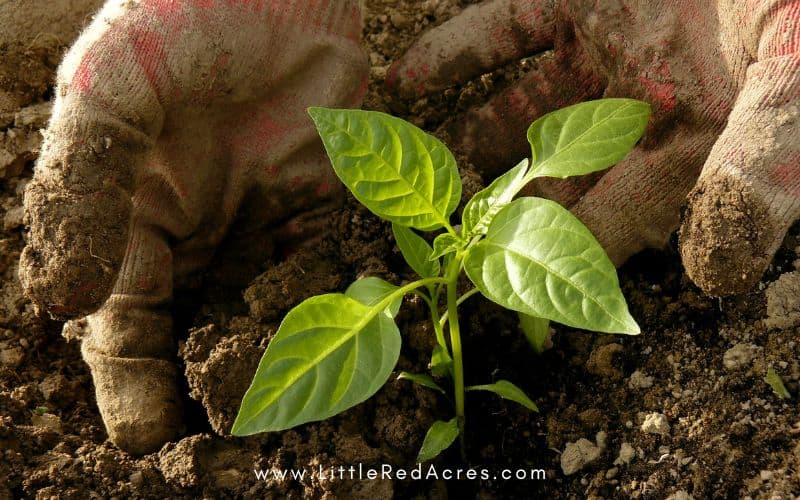
Raising Livestock for a Well-Rounded Homestead
Livestock on your homestead brings numerous benefits:
- Chickens provide eggs and pest control
- Goats offer milk and weed management
- Bees pollinate your crops and yield delicious honey
Choose animals that align with your goals and available resources such as space. Learn the basics of animal care, from providing suitable shelter to maintaining their health.
Homesteading is not an all-or-nothing thing. Start small, go slow. Plan out what you want to have in 5 years. What is the first, small step of that plan? Maybe it's learning to garden. That's where we started.
Add an animal here and there as you learn more about them, about their needs, and such.
Starting a homestead from scratch requires dedication, patience, and a willingness to learn, but the rewards are immeasurable. As you continue on this path, remember that every step you take towards self-sufficiency and sustainability contributes to a brighter and more abundant future.
Embrace the joys and challenges that come with homesteading, and may your sustainable dream flourish in the embrace of the land.
Frequently Asked Questions
Where can you homestead in Canada? While the Okanagan Valley, foothills of the Rockies, and the Maritimes are the best areas in Canada for homesteading, the country's vastness allows for homesteading just about anywhere if you are ready for it.
How do I start an urban homestead? Start small: It's important to start small and focus on a few key areas first, such as growing vegetables, composting, or keeping chickens. As you become more comfortable, you can expand your homesteading efforts.
How do people who homestead make money? Homesteaders are known for their DIY mentality and resourcefulness. By crafting unique handmade items like candles, soaps, and home décor from items found on the homestead, you can create a profitable business.

Want More?
7 Reasons to Have Backyard Chickens
5 Tips to Homesteading with Kids
5+ Books on Getting Started with Your Homestead

